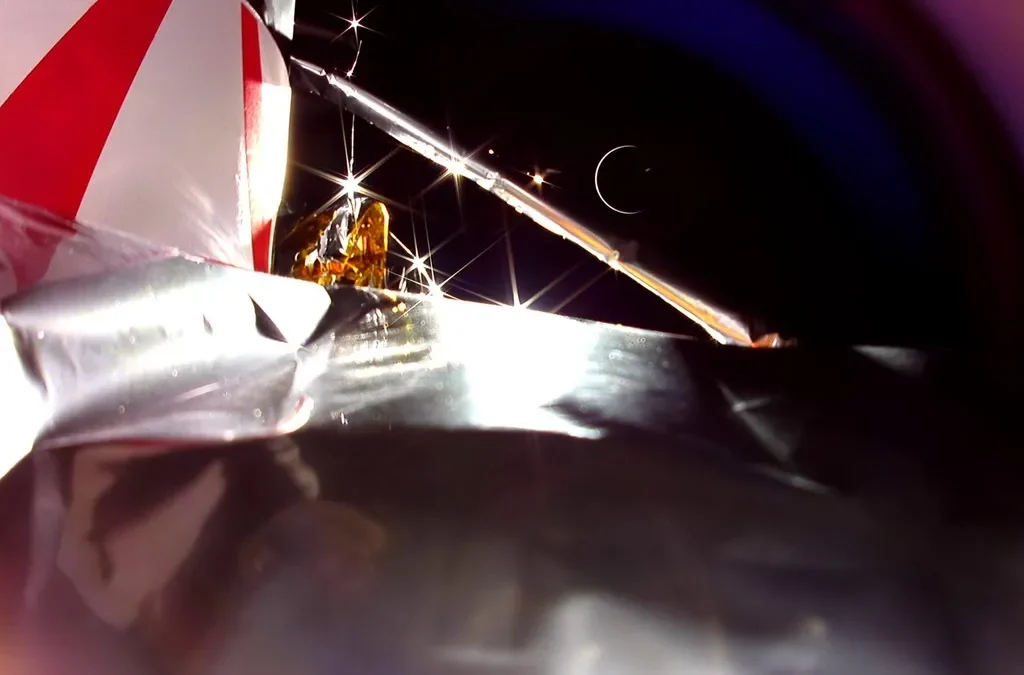NASA's recent mission to send payloads on Astrobotic's Peregrine lunar lander, launched in January on United Launch Alliance's Vulcan Centaur, faced a setback when a propellant leak prevented the spacecraft from attempting a lunar landing. Despite this, valuable data was still collected from the mission.
According to Dan Hendrickson, vice president of Astrobotic, many of the payloads were tested during the flight, even though the spacecraft did not reach the moon. “In transit, we were going to keep most of those payloads in a survival mode,” Hendrickson explained during a session at the Lunar and Planetary Sciences Conference. “But as our mission deviated, the plan deviated as well, much to the benefit of all the payloads.”
One of the instruments, the Linear Energy Transfer Spectrometer (LETS), was able to collect data about the cislunar radiation environment instead of on the lunar surface as intended. Stuart George of NASA's Johnson Space Center noted, “The instrument worked perfectly the whole time.”
Similarly, the Peregrine Ion-Trap Mass Spectrometer (PITMS) detected traces of nitric oxide and nitrogen dioxide from the lander's oxidizer leak. Barbara Cohen, principal investigator for PITMS at NASA's Goddard Space Flight Center, stated, “That transient atmosphere, if you will, of the oxidizer around the spacecraft, that self-induced environment, persisted.”
Even non-NASA payloads, like the Iris lunar rover built by students at Carnegie Mellon University, were able to test their subsystems and confirm functionality. “Everything that we were allowed to test worked,” said Raewyn Duvall, program manager for Iris.
Astrobotic is currently investigating the propellant leak to determine any necessary changes for their larger Griffin lander, which will launch NASA's Volatiles Investigating Polar Exploration Rover (VIPER) mission. NASA will determine future actions based on the results of this investigation, including potential changes for VIPER.
Joel Kearns, deputy associate administrator for exploration in NASA's Science Mission Directorate, indicated that the Griffin and VIPER launch, originally planned for this November, is likely to be delayed. “It is extremely unlikely they will fly before the end of this year,” Kearns stated, due to the Peregrine investigation and other preparations.
